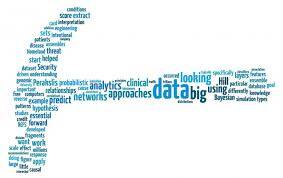
While the purpose of Business Analytics is to optimize outcomes, particular care should be taken in randomly applying analytical techniques while missing the very fundamentals of any business: “serving it’s customers.”

While the purpose of Business Analytics is to optimize outcomes, particular care should be taken in randomly applying analytical techniques while missing the very fundamentals of any business: “serving it’s customers.”
Recently, as a sad day of terror ended in Sydney, a bad case of Uber’s analytical approach to pricing came to light – an “algorithm based price surge.” Uber’s algorithm driven price surge started overcharging people fleeing the Central Business District (CBD) of Sydney following the terror attack.
While I am a strong proponent of analytic techniques such as pricing optimization (based on dynamic demand-supply), it is sad that Uber’s algorithm failed to recognize the rare event as an emergency and in the process the “human spirit [was] lost to algorithms” (albeit momentarily). While Uber claims its price surge algorithm did attract more drivers to a high traffic zone, my take is that the algorithm failed to interpret or differentiate the type of traffic pattern while the price increase kicked in. Basically, the algorithm treated the surge in traffic from people fleeing the CBD during the terror attack similar to how it would have treated a crowd leaving a stadium after a cricket match.
While Uber did offer free rides as compensation, the damage to its reputation was done. Such unintended consequences of analytical approaches can damage the very purpose and reputation of any business i.e. serving customers while building a brand.
In my opinion, there are three things to take away from Uber’s experience:
1. Pricing optimization is not always right.
2. Pricing algorithms should be smart enough to anticipate and tweak behaviors and outcomes under special circumstances.
3. No business (regardelss of its smarts) can build a brand against human spirit and compassion.








